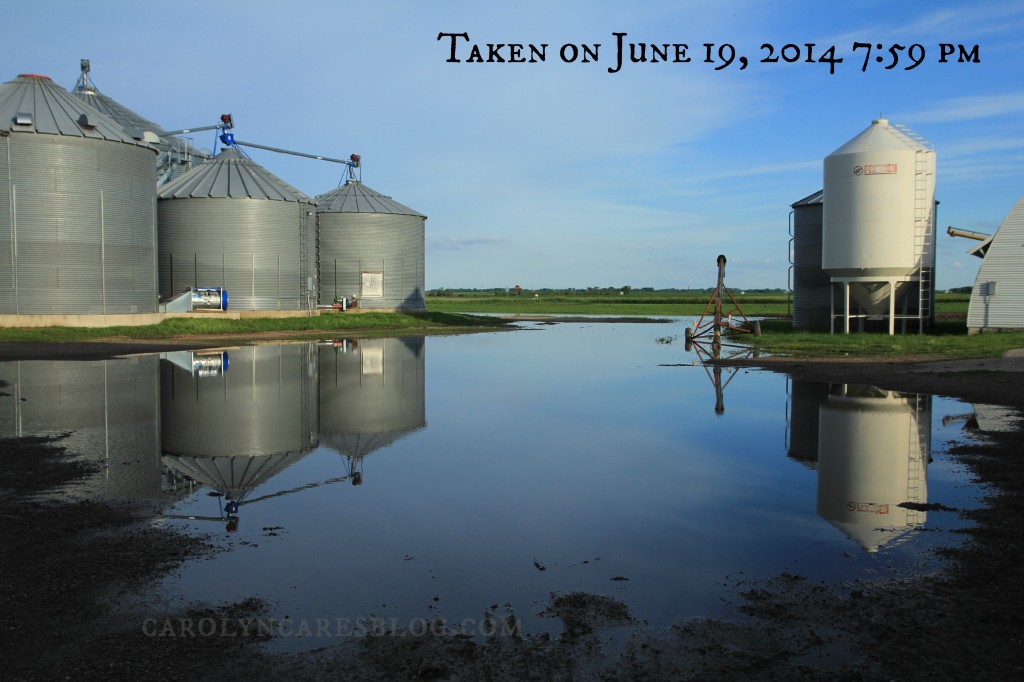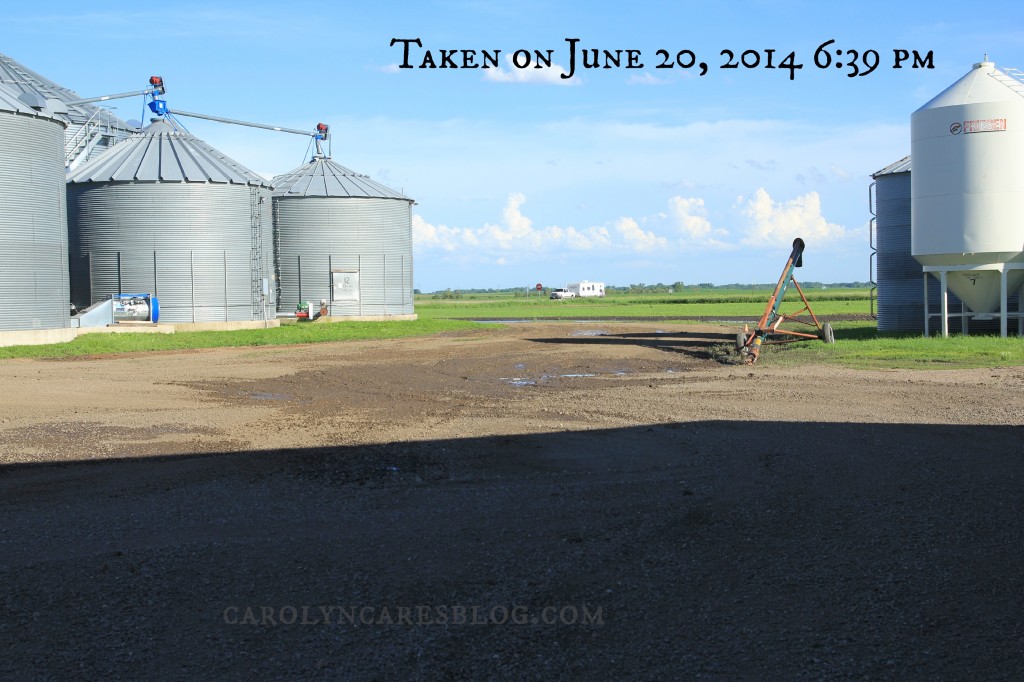I live in Minnesota, land of 10,000 lakes. Or, more precisely, 11,842 lakes that are 10 acres or larger, 6564 natural streams and rivers, and 10.6 million acres of wetlands. (source: MN DNR) Water is a big deal in Minnesota, not only for the impact on agriculture, but also as a major source of recreation and revenue from those activities. Our outdoor industry is so important, that we have a state law in effect that schools cannot start until after Labor Day so that families can enjoy one more weekend at their favorite resort or lake. There are a few exceptions, but the residents of those districts are split on whether or not it’s a good thing to start school before the last long weekend of the summer.
When I first heard about the proposed rule that the Environmental Protection Agency filed earlier this year, I was undecided as to whether or not it was a good or bad thing. The more I read, the more I became concerned. The rule is supposed to provide clarification to what some of the terminology of the Clean Water Act (CWA) means. The rule doesn’t change the fact that waters will be assessed, monitored, or cleaned up. There is no language in the rule that changes the basic CWA. What does change is who is in charge of enforcing the assessing, monitoring, and cleaning up. I have a problem with that.
It is important to know what the definition is of paragraph (s)(1) through (4) says, since it is referenced in many parts of the rule.
“(s) For purposes of all sections of the Clean Water Act, 33 U.S.C. 1251 et seq. and its implementing
regulations, subject to the exclusions in paragraph (t) of this section, the term “waters of the United
States” means:
(1) All waters which are currently used, were used in the past, or may be susceptible to use in interstate
or foreign commerce, including all waters which are subject to the ebb and flow of the tide;
(2) All interstate waters, including interstate wetlands;
(3) The territorial seas;
(4) All impoundments of waters identified in paragraphs (s)(1) through (3) and (5) of this section”
The rule says that ditches are exempt if they meet these criteria:
“(3) Ditches that are excavated wholly in uplands, drain only uplands, and have less than perennial flow.
(4) Ditches that do not contribute flow, either directly or through another water, to a water identified in
paragraphs (s)(1) through (4) of this section.” According to this definition, the exempted ditches as listed are not really exempted…because all ditches in Minnesota run “either directly or through another water, to a water identified in paragraph(s)(1) through (4) of this section.” This means that the EPA will basically have control of every single ditch in Minnesota….agricultural, municipal, wherever. We have so many lakes, rivers, streams, and wetlands, that it is pretty much impossible for any ditch to qualify for this exemption.
The rule goes on to try to define what “significant nexus” means. This is where I think it really gets worrisome for Minnesotans.
“The term significant nexus means that a water, including wetlands, either alone or in combination with other similarly situated waters in the region (i.e., the watershed that drains to the nearest water identified in paragraphs (s)(1) through (3) of this section), significantly affects the chemical, physical, or biological integrity of a water identified in paragraphs (s)(1) through (3) of this section. For an effect to be significant, it must be more than speculative or insubstantial. Other waters, including wetlands, are similarly situated when they perform similar functions and are located sufficiently close together or sufficiently close to a “water of the United States” so that they can be evaluated as a single landscape unit with regard to their effect on the chemical, physical, or biological integrity of a water identified in paragraphs (s)(1) through (3) of this section.”
Remembering back to Mr. Emmon’s Earth Science class at Jackson Junior High in Champlin, and the lessons on how water moves makes this definition of significant nexus pretty inclusive of all water in Minnesota. When you look at a watershed map from your county Soil and Water Conservation District, or the Natural Resources Conservation Service you will see that all of the waters in Minnesota flow to the Red River of the North, the Rainy River, Great Lakes basin, Mississippi River, or Missouri River. All of those basins are interstate waters. This would mean that the EPA would have control of all water in Minnesota.
So, why do I have a problem with that? Minnesota has done a great job of implementing the parts of the Clean Water Act that the states were given the authority over. The Clean Water Council is made up of stakeholders representing all areas affected by the rules of the CWA, and those interested in the environment. Who better to help oversee waters in Minnesota, than those who are directly affected by, and care about, the waters in Minnesota? If the EPA’s Rule doesn’t change the fact that the waters are going to be cleaned up where necessary, what is the point of the Rule? It looks more like a control issue than a clarification issue to me. This is why I think we need to #DitchtheRule.
Join me in contacting the EPA and the Army Corp of Engineers asking them to withdraw the proposed rule. A rule that won’t change which waters are regulated, but one that shifts authority away from Minnesotans and into the hands of Washington D.C. bureaucrats.
(Click here to read the EPA’s proposed rule)
(Click here for more information about Farm Bureau’s Ditch the Rule)
(Click here for the Minnesota Farm Bureau Clean Water Act links)

.

I agree that the EPA definition and strategy is unworkable. But I also take a broader view on the US water issue than most farmers. For example, Minnesota farmers may not be concerned about Toledo’s drinking water issue, but the EPA certainly does and therefore, the EPA is going to attempt to solve these important issues somehow…if no one else does.
I think the Farm Bureau and other’s attempts against the new rule will be successful – Ag will win this battle. But the war will continue, as our state and national water issues will not go away because a bad law is defeated.
Ag has been successful using a defensive strategy for as long as I can recall. But future successes will depend on a more offensive strategy. Agriculture, agribusiness and ag professionals are in a great position to move the ball in the direction they need to.